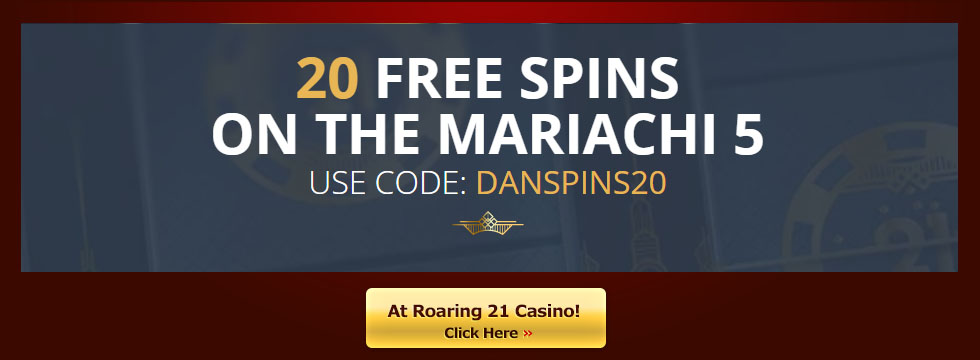The gambling world in 2025 demands more clarity than ever. Players today aren’t content with vague promises or flashy interfaces; they seek transparency, structure and statistical reliability. Among the myriad factors that influence outcomes, three terms stand out: Return to Player (RTP), volatility and house edge. Each carries weight; however, knowing which matters most (i.e., at what moment and to whom) can sharpen your strategy and stretch your bankroll further. Thus, any committed player should understand how these mechanics shape every spin, hand or wager.
RTP has become a common phrase among seasoned players and beginners: at its crux, RTP signals the theoretical percentage of all stakes a game is expected to return over time. For example, a slot with an RTP of 96% returns £96 for every £100 wagered, in theory. Although that figure doesn’t promise consistent short-term results, it provides a dependable benchmark across extended play. Ultimately, comprehending the value of RTP is critical; however, it isn’t the final word in assessing a game’s suitability. Here, timing, stake level and individual risk appetite also assume a central function in game choice.
Volatility: Risk and Reward in Tension
Where RTP in an online casino addresses average returns, volatility speaks to the rhythm of wins and losses. High-volatility games may deliver long dry spells followed by significant wins; low-volatility titles, in contrast, offer frequent but modest returns. For players like you who appreciate a longer session and favor consistent activity, low volatility might suit best. Those drawn to risk, who prefer chasing big payouts even at the cost of lengthy downswings, will find high-volatility games more compelling. Typically, selecting games from an online casino catalog without knowing volatility can lead to mismatched expectations and rapid losses.
The key lies in aligning volatility with personal goals. Are you looking to enjoy a prolonged evening of entertainment or aiming for a dramatic windfall? Some games cleverly mix volatility levels, proffering small base-game wins with the chance of larger bonus features. That middle ground attracts a broad player base, particularly in 2025, where attention spans are varied and players expect equal action and potential. Across roulette, blackjack and online slots, volatility remains one of the more subjective yet vital considerations in real-money play.
House Edge: The Casino’s Margin Explained
Every game carries a built-in advantage for the operator—commonly known as the house edge. Dissimilar to RTP, which is commonly promoted as a feature, house edge rarely features in marketing. Still, it plays an equally critical role. If a game has a house edge of 2%, the online casino statistically earns £2 for every £100 wagered over time. That figure represents the margin that keeps operators in business but also signals how difficult it is for players to break even consistently.
House edge is clearest in traditional table games: European roulette has a house edge of 2.7%, whereas its American counterpart adds a second zero, pushing the edge above 5%. Blackjack, in optimal conditions with correct basic strategy, can dip below 1%. Games like baccarat, where player bets have a lower house edge than tie bets, reward strategic choice. Familiarizing yourself with house edge data allows you to play smarter. Don’t rely on instinct alone—match your strategy to the structure of the game and avoid titles designed to lure with appearance but conceal poor odds.
Comparing the Metrics: Which Matters Most in Practice?
While RTP, volatility and house edge all shape outcomes, their impact depends on context. If you’re playing a long session with a fixed budget, low-volatility and high-RTP games may offer the most entertainment value. For high-stakes players or those chasing jackpots, high-volatility games with lower RTPs might appeal more. House edge tends to carry more weight in table games, where strategic decisions influence the outcome far more than in luck-driven slot machines. The critical point is recognizing that no single metric dominates universally.
One mistake many players make is focusing on just one figure. A game might boast a 97% RTP; however, if it’s extremely volatile, it could still lead to rapid losses for you. Conversely, a game with a high house edge might offer compelling bonuses or features that change the value proposition. Fortunately, many online casino platforms now display RTP figures and some publish volatility levels. Still, it takes a discerning player like you to read between the lines and assess what matters for your style of play. Ultimately, data helps but interpretation defines value.
2025 Player Preferences: Insight from Current Trends
Today’s players want clarity and control. You likely expect fairness and rightly so—but you also want games that reward attention and patience. Developers have responded by building more transparent paytables, variable RTPs and clear volatility indicators. As players become more informed, there’s less tolerance for games that obscure their odds. House edge, once hidden, is now openly discussed among forums and review sites. And, when you sign up to an online casino in 2025, chances are you’re comparing RTP and volatility before even trying the game demo.
Mobile-first gaming has also shifted preferences: with shorter sessions and higher engagement demands, low-to-medium volatility games dominate casual play. Still, jackpot slots and high-volatility games remain staples for weekend gamblers seeking excitement. Social influence matters, too: streamers and influencers often highlight massive wins on high-volatility games, drawing attention away from more statistically sustainable options. Ultimately, it’s a trade-off between entertainment and sustainability and the smart player knows when to switch lanes. Looking forward, the online casino market in 2025 offers more tools than ever—use them wisely.







